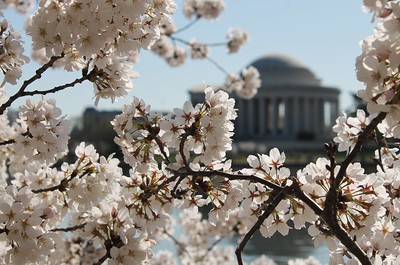The Maryland Student Climate Coalition (MSCC) is currently gathering signatures for a petition in support of offshore wind energy in Maryland, which it hopes to soon pass on to the Maryland Boad of Regents and the Maryland Board of Education of Public School Systems.
The MSCC hopes to persuade both of these boards to pass legislation that would encourage the construction of wind farms off the coast of Maryland in the Atlantic Ocean. Maryland government officials rejected a similar proposal last year.
“I’m collecting these signatures to convince the Maryland assembly that the citizens of Maryland support bills for wind energy,” sophomore Elise Levy said. “I hope to convince them to pass this measure.”
According to Jay-Me Philips, the executive director of campaigns for the MSCC, the MSCC has gathered approximately 1,000 signatures so far. Its goal is to collect 15,000 signatures.
“While offshore wind energy will create jobs and, in the long term, bring down electricity prices, wind energy is also a renewable resource that will help us reduce our carbon footprint and prevent dangerous climate change,” MSCC member and St. Mary’s College student Caroline Selle said. “The public health and environmental impacts of fossil fuels are already seen in the high asthma rates and poor air quality found in many Maryland cities.”
According to Philips, teenagers in particular should support offshore wind energy because of the job opportunities it could create.
“As far as the future of jobs in America, the money and the jobs are in green infrastructure and green industry,” Philips said. “If teenagers are really looking ahead for a way to get in on the soon-to-be massive industry of green energy, they should get involved and jump in the game now. There’s a bunch of different ways you could take it for a future career.”
Opponents of offshore wind energy are fighting against the proposal because they believe that its advocates exaggerate its benefits and underestimate the harm that giant wind turbines can cause.
According to Green Living Answers, a website that answers questions about leading an environmentally friendly lifestyle, some complaints about wind energy are based around the bulkiness of wind turbines, which can be up to 525 ft. tall.
According to a March 2011 Chesapeake Bay Journal article, wind energy could potentially be killing one million birds per year by 2030. According to the same article, environmental activist Jon Boone is against offshore wind energy because the turbines would make the Chesapeake Bay significantly uglier.
Although wind energy is flawed, MSCC members believe that its benefits outweigh its risks.
“Not everyone likes to look at wind turbines, but some people don’t really like looking at coal plants either,” Selle said. “Ultimately it comes down to whether or not we want to get our energy from a safe and clean source or a dirty, dangerous one like fossil fuels.”
However, wind turbines’ lack of aesthetic beauty is often irrelevant, as wind turbines are frequently placed in areas that are rarely visited.
“A lot of times, the proposed installation sites are out of sight or on beaches where people wouldn’t be spending their time so they won’t disrupt too many skies,” Philips said.
Proponents of the petition are working hard to convince students to sign.
“It’s not like there’s a certain type of person who is less likely to be adversely affected by our poor environmental choices,” Levy said. “We’re all going to suffer if we don’t start to change the way we do things.”







